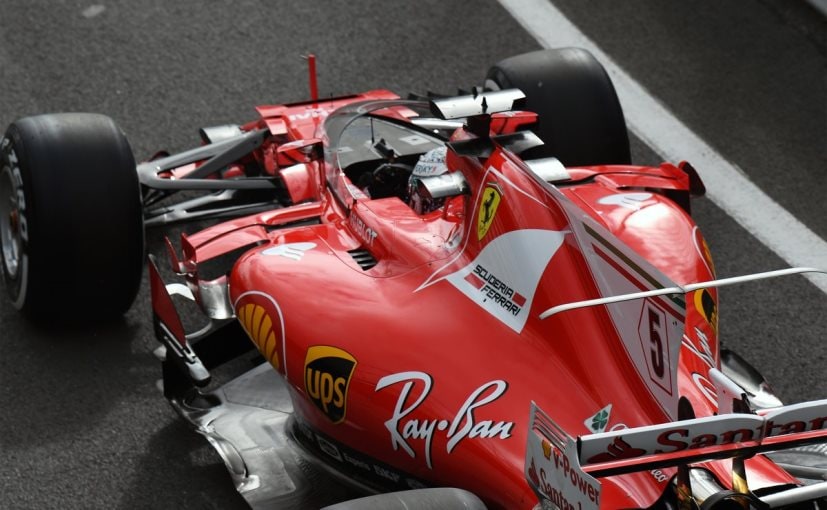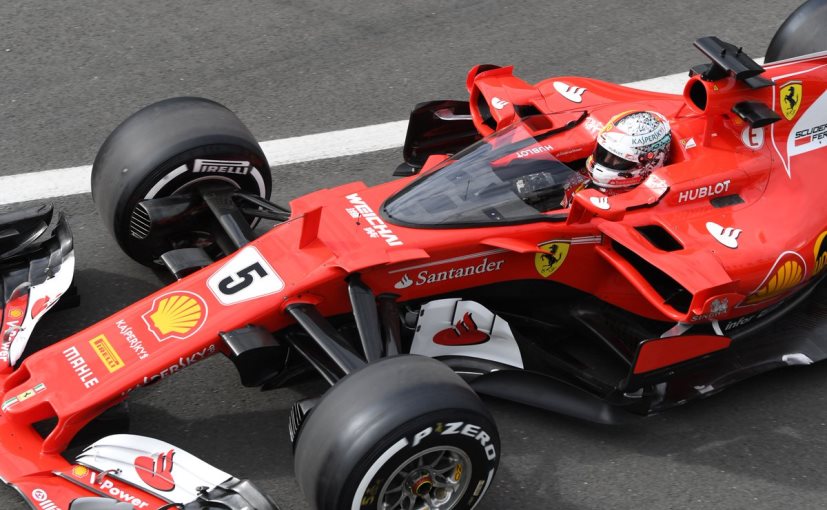F1 2017: Controversial Halo Protection System To Be Mandatory On Cars

Highlights
- The device was in much contention last season with polarised opinions
- It's a three pronged, wishbone shaped device that acts as a windshield
- Ferrari's Sebastian Vettel has tested a concept model, the Shield Concept
Formula 1 cars will see a major overhaul next season as the FIA, the governing body from the sport, has mandated the inclusion of 'Halo' protection system for the driver cockpit starting 2018. The controversial device was in much contention last season with polarised opinions from drivers as well as teams. And that's why the mandate comes as more of shock than a pleasant surprise. The decision to include the Halo device was taken at the FIA meeting yesterday at Geneva where all F1 teams were present for the first time.
A statement issued by the FIA post the meeting read, "Following the unanimous agreement of the Strategy Group, in July 2016, to introduce additional frontal protection for Formula One and the repeated support from the drivers, the FIA confirms the introduction of the Halo for 2018. With the support of the teams, certain features of its design will be further enhanced. Having developed and evaluated a large number of devices over the past five years, it had become clear that the Halo presents the best overall safety performance.
The Halo is a three pronged, wishbone shaped device that's about the height of the driver's head and covers like a windshield. It has been designed to reduce the risk of injury from debris or other objects striking a driver's head and was trialled by all 10 teams at different stages last year.

What makes things interesting is the fact that the FIA had announced in April 2017 that it will be concentrating on the 'Shield' device. In fact, the concept was also tested by Sebastian Vettel last week ahead of the British Grand Prix, which the Ferrari driver said left him "dizzy". The transparent cockpit-like device was used for an early trial,l at Silverstone; whereas a full track test was lined up later this year at Monza.
However, not all were convinced with the Halo system, but have agreed to it in the interest of safety. Alexander Wurz, chairman of the Grand Prix Drivers' Association, said: "F1 is a role model for ever-increasing safety without jeopardising performance. While the halo solution might not be the most aesthetically pleasing for everyone, we drivers will nevertheless race and push as hard as we can on track, which is the key for F1 to continue its growth and popularity."

Compared to other concepts, the Halo was found to be the most effective in deflecting a flying tyre at the speeds of 240 kmph, while providing a largely unobstructed view.
The FIA's statement further read, "With the support of the teams, certain features of its design will be further enhanced ahead of its introduction in 2018."
With teams needing to work on the design of the 2018 cars, the governing body to stay safe with the device that currently looks promising.
In addition to the new safety device, the Formula One Strategy Group also discussed other points at the meeting including 2021 power units, cost control, and improving the F1 show for fans.
Related Articles
Latest News
- Home
- News
- Motorsport
- F1 2017: Controversial Halo Protection System To Be Mandatory On Cars From 2018














